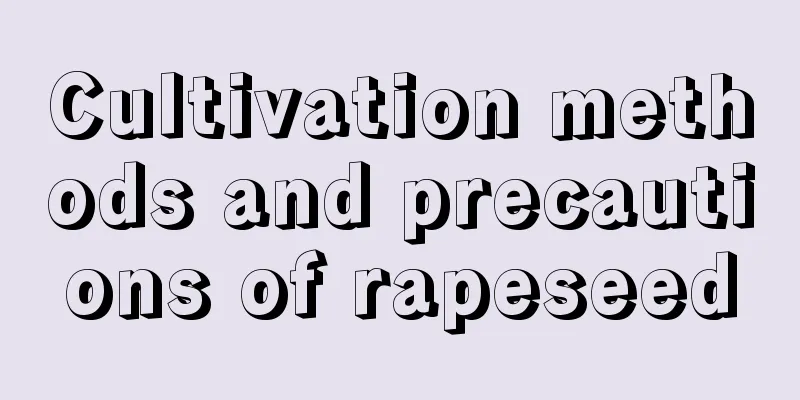How to grow asparagus fern in water

Half soil and half ceramsite hydroponicsRemove the mud from the basinRemove the plant from the pot, leaving most of the soil around the taproot. Add water to the basinUse a large-diameter container, place expanded clay at the bottom, add a small amount of soil, put in the main root, and fill the surrounding area with expanded clay. Moisten the expanded clay and add a small amount of water. The water should not overflow the soil at the roots. Water cultureAfter hydroponics, spray water on the leaves to keep them moist. Place the plant in a well-ventilated room, preferably near a lighted window. Cultivation difficulty: ★Half soil and half water methodRemove the mud from the basinAfter removing the plant from the pot, keep only the soil around the main root, exposing 2/3 of the root, and clean the soil around the tiny roots at the bottom. Pruning and disinfectionSimply trim the exposed roots, cut off rotten and aging roots, wash them with clean water and disinfect them. Planting and wateringUse expanded clay for planting and keep it moist. Place the plant in a hydroponic container, submerge 1/2 of the roots in water, and control the water level. Aquatic OxygenationIt is difficult for hydroponic asparagus fern to adapt to the environment for a while, so you can put a black plastic bag on the outside of the container to create a dark environment for soil cultivation. Maintenance managementPlace the plant in a well-ventilated room, preferably near a lighted window. Check the root condition daily and remove rotten roots in time. Cultivation difficulty: ★★Root-stimulating Method by Evaporating WaterPotting and plantingRemove the plant from the pot, leaving some soil around the taproot. Seal the perimeter of the planting basket with plastic sheet, leaving the bottom hollow. Plant with perlite and keep moist. HeelAfter placing the asparagus fern in the container, lift the heel appropriately to keep the upper 1/4 of the taproot exposed to the air and allow it to grow well. This step is critical. The water level in the hydroponic container cannot be too high so that the roots are not immersed in water. The principle of evaporative water is used to promote root growth, and the evaporated water generated by the outer container moistens the leaves. MaintenanceThis method is usually carried out in the summer. The temperature is high in summer, the evaporation of water is strong, and the rooting of evaporative hydroponics is faster. After hydroponics, place the plant in a ventilated room, preferably near a lighted window. Cultivation difficulty: ★★★Hydroponics with water oxygenationRemove the soil from the pot and trim the rootsRemove the plant from the pot, clean the roots, keep the thick main root, and remove the small and weak old roots. Soak in disinfectant for 30 minutes, dry in a cool place, and then proceed to the next step. Perlite planting, adding waterPlace the plant in a hydroponic container with 1/2 of the roots submerged in water. Place perlite in the planting basket and keep it moist. Oxygenation in water, darkening of containerIn order to make the plants adapt to the water environment faster, you can seal the container with a black paper bag to ensure that it is light-proof and promote rooting. During hydroponics, injecting oxygen into the water allows the roots to fully absorb nutrients and take root faster. MaintenanceCheck the root condition daily, remove rotten roots in time, and change the water every 2 days. Place the hydroponic asparagus fern in a ventilated room, preferably near a well-lit window. Cultivation difficulty: ★★★★Aerial root + sponge planting methodSelect plants after divisionBefore hydroponics, remove the plant from the pot and divide it according to the growth of aerial roots. Divide the plants with more aerial roots into one plant and grow them in water. Plants with fewer aerial roots can be divided into individual plants and continued to be cultivated in soil. Cut off all the soil roots of a plant with aerial roots, leaving only the aerial roots. Disinfect the roots, dry them and then grow them in water. Sponge colonizationWrap the roots of the divided plants with a sponge and keep the sponge moist. The water level is controlled in a glass container, leaving 1-2 cm of roots exposed. MaintenanceDuring maintenance, raise the roots appropriately, add oxygen to the water when necessary, and cover the container with dark paint to promote root growth. Cultivation difficulty: ★★★★★No matter what hydroponic method you use, as long as it can survive and take root, it is a good method. The above method is also applicable to other plants. |
<<: Precautions for hydroponics of Dripping Guanyin
>>: How to hydroponically cultivate golden diamond
Recommend
How to cultivate white palm
Anthurium, also known as smooth sailing or white ...
Magnolia growth environment conditions and characteristics
Magnolia growth environment conditions and requir...
Cultivation methods and precautions of mountain peach grass
Although the mountain peach grass looks a little ...
The difference between poppy and corn poppy
Poppy and poppy have different names The scientif...
What are the legends and meanings of cornflowers?
1. The meaning of cornflower flower language The ...
Differences between marigold and cosmos
Different plant shapes The plant shapes of marigo...
What is the reason why Clivia leaves turn yellow?
Clivia is widely loved for its elegant shape and ...
Why doesn't gardenia bloom?
Gardenia is loved by flower lovers for its bloomi...
Why doesn't wintersweet bloom?
Reasons why wintersweet does not bloom The seedli...
The correct way to water the green radish with beer, how to ferment beer to water the flowers
1. Correct method When cultivating it, it is very...
Can I grow flowers in my bedroom? What flowers and plants are suitable for my bedroom?
When it comes to growing flowers in the bedroom, ...
Can roses be repotted in autumn? (Precautions for repotting and changing the soil of roses in autumn)
Can roses be repotted in autumn? It is more suita...
The efficacy and function of Diqi
1. For human consumption Its fruit is a round, fl...
How much fertilizer to apply to potted strawberries
1. How much fertilizer to apply The root system o...
Why do Boston fern leaves dry up?
Causes of dryness Too much light Boston fern is a...









